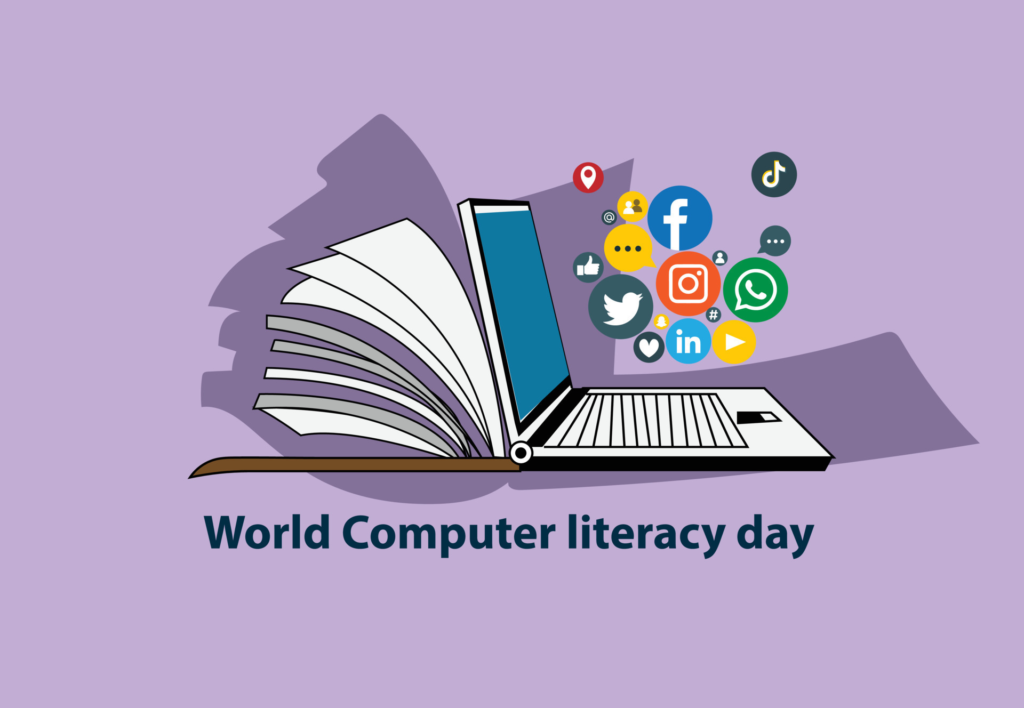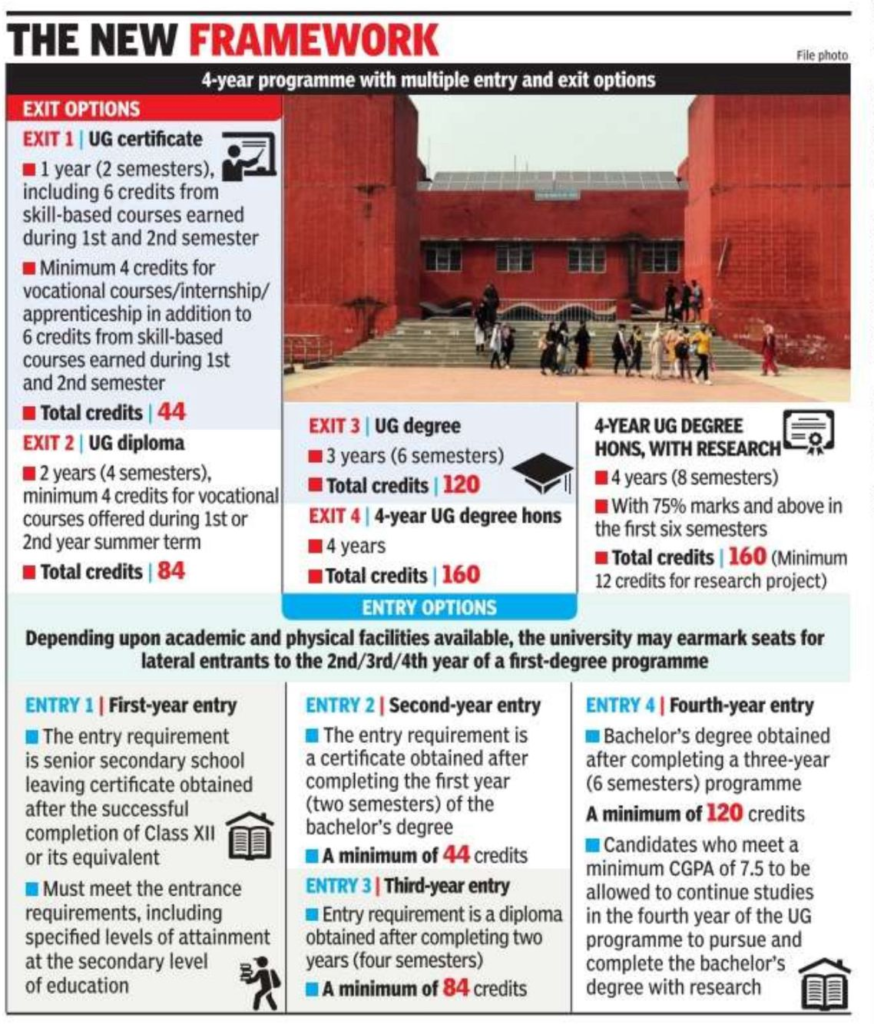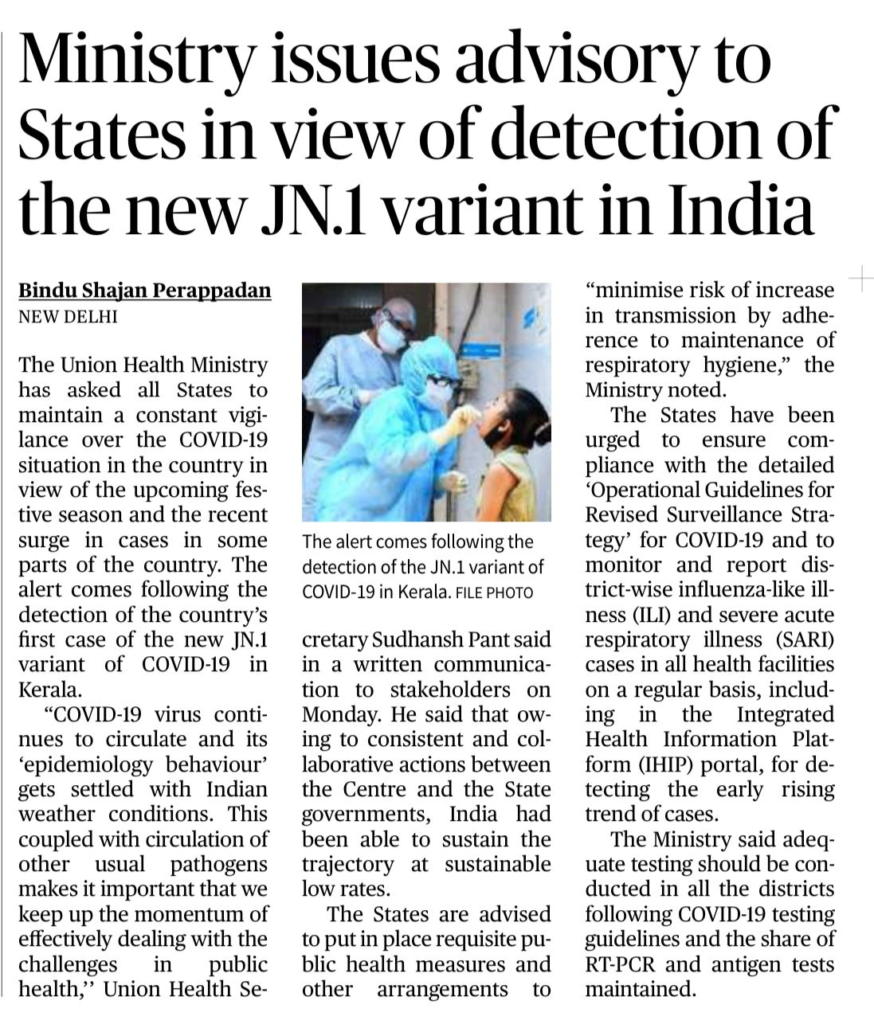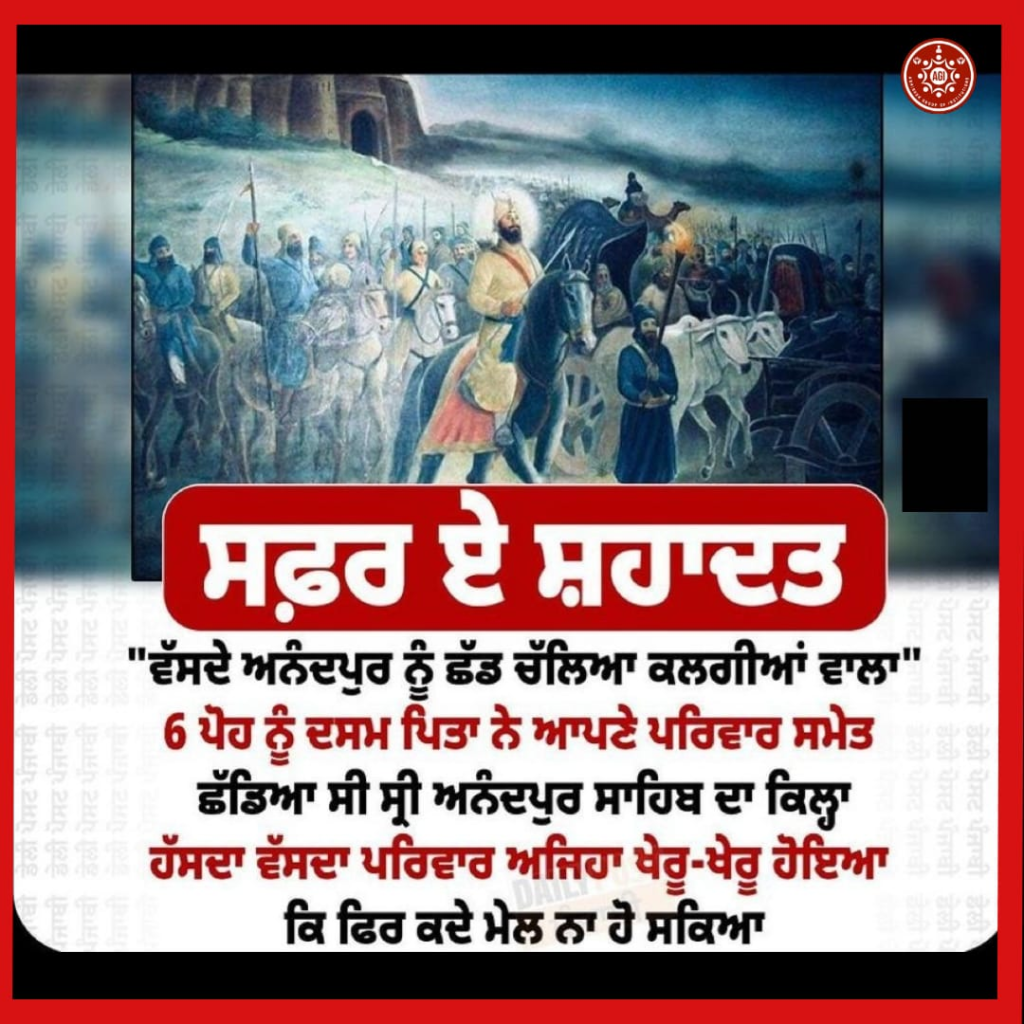1) Celebrate World AIDS day at AGI


2) Indian Navy Day
Indian Navy Day 2023: It is celebrated on December 4 to acknowledge the role and achievements of the Indian Navy. The day also commemorates the launch of Operation Trident against Pakistan during the Indo-Pakistan War in 1971 and also raises awareness about the Indian Navy among the general public.
The Indian Navy is a well-balanced three-dimensional force, capable of operating above, on and under the surface of the oceans and safeguarding our national interests. Its objective is also to improve its circumstances in the Indian Ocean Zone. The theme of Navy Day 2020 was “Indian Navy Combat Ready, Credible & Cohesive”.

It is the marine branch of the Indian Armed Forces and the Commander-in-Chief of Indian Navy is President of India. Chhatrapati Shivaji Bhosle, the Maratha emperor of the 17th century is considered as the “Father of the Indian Navy”.
The role of the Indian Navy is to secure the marine edges of the country and update the worldwide relations of India through seaport visits, joint exercises, altruistic missions, upheaval help, etc. Its objective is also to improve the circumstance in the Indian Ocean Zone.
“Sam no Varunah” (Be auspicious unto us Oh Varuna). This is the motto of the Indian Navy.
Father of Navy : The 17th-century Maratha emperor Chhatrapati Shivaji Maharaj is considered as the ‘Father of the Indian Navy’.
Old Name of Navy : The service was then named the Indian Navy. It was renamed as Her Majesty’s Indian Navy in 1858. In 1863, it was reorganised into two branches; one at Bombay and the other at Calcutta, as the Bombay Marine and the Bengal Marine.
3) World Computer Literacy day
World Computer Literacy Day is marked on 2nd December every year. This day is celebrated to drive digital literacy, specifically among women and children. Although the world is progressing toward an increasingly digital future, certain sections of society still have either limited or no digital access. As much as Computer Literacy Day is about celebrating computers, it is also about advocating for computer literacy in all sections of society.
Digitally literate people have a benefit over those who lack digital literacy, and this is creating a digital divide in the world. Therefore, Computer Literacy Day aims to spread awareness about the inculcation of technological skills in people from marginalized communities.

Significance of Computer Literacy Day
On the event of Computer Literacy Day, people emphasize the importance of computers in daily lives. Computer literacy refers to the level of expertise an individual has in using computers efficiently. In the present world, computer literacy might extend to using search engines, social media platforms, and basic daily-use software like Microsoft Office or Google Suite. Check out some insights about computer usage in developing and developed countries below:
- Internet users made up 55% of the world population in June 2018.
- Even though Asia carries 55% of the world’s population, only 49% use the internet.
- North America has 4.8% of the global population, and 95% use the internet.
- This disparity is one of the primary reasons why computer literacy is being highlighted.
Computer Literacy Day is significant because, on this day, the adoption of digital technologies, particularly by children and women is encouraged. It is also significant because as per reports, developing countries have limited access to computer literacy. So, the word about the need for computer literacy must be spread.
Why Should We Celebrate Computer Literacy Day
Today, being proficient with computer usage can make all the difference in an individual’s personal and professional life. Computer literacy skills range from having basic knowledge of using a computer to performing intermediate tasks such as operating software and computer programs. We should celebrate World Computer Literacy Day because it is meant to create awareness about the following:
- The digital divide hampers the spread of digital skills uniformly across the globe.
- Advocating for global computer literacy, including comprehending how computers work, how to program them, and how to use them.
- A call-to-action for governments and organizations to reach out to those without computer access.
Some Important Points :
- If you embrace computers today then you are going to progress forever.
- Computers are not just the present but also the future; without them, there is nothing.
- Digital is the future; let’s embrace it and pursue this computer literacy day together.
- Computer literacy day can provide education for all people from all walks of society.
4) NCC (National Cadet Corps)
5) World Computer Literacy day
Computer is not about computers anymore. It is about living.
Every year on December 2nd, World Computer Literacy Day is observed. This day is
observed to promote digital literacy, particularly among women and children. Despite the fact
that the world is moving toward a more digital future, certain segments of society still have
limited or no access to the internet. As much as Computer Literacy Day celebrates computers, it
also advocates for computer literacy in all segments of society.
World Computer Day is all about spreading awareness regarding computers, their usage, and
exploring their possibilities. Today, computers and other digital devices have become an
integral part of our daily lives. To honor this day, and these powerful machines, some facts
about computers and Computer Literacy Day are given below:
Charles Babbage invented all the parts that modern computers use in 1833, while the first
modern computers were invented 120 years later.
The first generation of computer was invented in 1946. This was the turning point for the
technological use of computers.
In the year 1947, the first keyboard was created. It replaced the old system of punch
cards.
Douglas Engelbert invented the first mouse in 1964 using wood.
Something that Microsoft, HP, and Apple have in common: they all started building their
computers out of a garage.
The full form of the term CAPTCHA is ”Completely Automated Public Turing Test to
tell Computer and Humans Apart.
Computer literacy skills range from having basic knowledge of using a computer to performing
intermediate tasks such as operating software and computer programs. We should celebrate
World Computer Literacy Day because it is meant to create awareness about the following:
The digital divide hampers the spread of digital skills uniformly across the globe.
Advocating for global computer literacy, including comprehending how computers work,
how to program them, and how to use them.
A call-to-action for governments and organizations to reach out to those without
computer access.
6) National Mathematics Day
What is Mathematics Day in India?
Mathematics is like the universal language of patterns, shapes, and numbers that influences everything we do. It’s not just a school subject; it’s the key to understanding our daily routines. Think of it as the toolbox we use to solve problems and make sense of the world. With logic and reasoning as its superpowers, mathematics unveils the mysteries behind abstract ideas. So, whether you’re dealing with numbers or shapes, you’re essentially tapping into the power of mathematics to decode the complexities of our surroundings.
Mathematics helps develop better problem-solving skills in every individual. It enhances the ability to think critically and logically about the situation and solve problems easily. Mathematicians all around the globe seek out patterns and approaches, formulate new speculations, and set up the truth after meticulous deductions from perfectly chosen principles and definitions. In this article, we will learn about Happy National Mathematics Day in India and the famous mind after whom the day is celebrated.


7) 7 ways to protect yourself from succumbing to UPI frauds
Revolutionizing digital payments in India, UPI has provided convenience and security for millions of users. Nevertheless, the increased popularity has drawn the attention of fraudsters, underscoring the importance of widespread awareness regarding the associated risks and protective measures.

The recent choice to raise the transaction limit on the Unified Payments Interface (UPI) to ₹5 lakh specifically for hospitals and educational institutions marks a substantial move in enhancing UPI’s versatility and convenience for handling larger transactions. This adjustment is poised to bring advantages to both institutions and individuals.
What should UPI service users be wary of?
The widespread popularity of UPI in India can be attributed to its convenience and user-friendly interface, evident in the processing of over 25 billion transactions in October 2023 alone. Nevertheless, this convenience comes with a downside, as it amplifies the susceptibility to scams. Below are several prevalent UPI scams that one should be vigilant about:
Phishing: Fraudsters employ deceptive emails, text messages, or website links resembling authentic UPI apps or banks. They deceive users into providing their UPI PIN or other confidential details, subsequently exploiting this information to pilfer funds.
QR Code frauds: Fraudsters can present counterfeit QR codes either at physical stores or online; scanning these codes may result in the unauthorized transfer of funds to the scammer’s account.
Vishing (voice phishing): Scammers initiate phone calls to potential victims, posing as representatives from a bank or UPI application, to deceive them into disclosing sensitive information.
Social engineering: Fraudsters employ diverse tactics, including inducing a sense of urgency or presenting bogus prizes, to manipulate users into executing UPI payments.
Not everyone utilizing the UPI service experiences deceit or feels victimized. By exercising caution and adopting responsible practices while engaging in digital payment transactions, one can effectively steer clear of scams.
Secure your phone when not in use by keeping it locked
Employing easily guessable Personal Identification Numbers (PINs) such as birthdates or phone numbers poses a significant risk in UPI scams. Scammers can readily deduce or discover such PINs through social media or other online channels. To enhance security, it is advisable to generate intricate passwords that incorporate a combination of uppercase and lowercase letters, numbers, and special characters. Avoid using personal information or common dictionary words for added protection.
Refrain from disclosing your PIN or password to anyone
Sharing your UPI PIN or mobile password is akin to surrendering the keys to your financial fortress. It’s crucial to treat these credentials with the utmost confidentiality and refrain from sharing them with anyone, including close friends or family, unless necessary.
The risks associated with using identical PINs and passwords across various accounts are tangible and substantial. A solitary compromised password can function as a master key, providing access to all your online accounts and potentially jeopardizing your personal information and financial details.
Ensuring diversity in your passwords is vital as it mitigates potential damage. If one password is compromised, the impact is confined to a specific account, leaving your other accounts secure. Additionally, it poses a greater challenge for attackers, as attempting to guess distinct passwords for each account becomes exponentially more difficult for scammers, thereby significantly enhancing the overall security barrier.
You must download only genuine apps on your phone
The menace of counterfeit UPI and banking applications is a genuine and grave concern. These apps possess a high level of deception, imitating the appearance and functionality of authentic apps to lure users into downloading them. The repercussions of falling prey to such apps can be calamitous.
Authenticate the UPI ID
Ensuring the accuracy of UPI IDs before initiating money transfers is essential to prevent both typographical errors and potential scams. A single typo can lead to funds being sent to the wrong account. Always verify the UPI ID carefully before confirming any transaction. Opting for QR code scanning, instead of manual entry, can significantly reduce the risk of typos
- Authenticate the UPI ID
- Don’t use the UPI app at every public place
- Exercise caution when employing screen-sharing apps
- Do not load your phone with too many UPI apps
8) 7 best Mi power banks for efficiently charging your devices anywhere

Mi power banks are known for their high-capacity batteries, often housing Lithium Polymer cells that offer a blend of longevity and performance. These power banks come in various capacities, ensuring there’s a perfect match for everyone, whether you’re a casual smartphone user or a tech-savvy individual with multiple gadgets. Their compact and lightweight design makes them easy to carry, slipping unobtrusively into a pocket or backpack, thus exemplifying portability.
One of the standout features of Mi power banks is their fast charging capabilities. Equipped with advanced technologies like Quick Charge, they can power up devices rapidly, reducing the time tethered to a charging cable. This is particularly useful for those who are always on the move and need a quick energy boost for their devices.
Safety is paramount with Mi power banks, incorporating multiple layers of protection against overcharging, overheating, and short circuits. This ensures not only the longevity of the power bank but also the safety of the connected devices. Furthermore, Mi power banks often come with smart power management features, allowing users to efficiently charge low-power devices like Bluetooth headsets and fitness bands.
In this guide, we explore the various models of Mi power banks, highlighting their unique features, from their aesthetic design to their technical specifications like input/output ports, charging time, and more. Whether you’re an adventurer needing a rugged power bank for your outdoor escapades or a professional seeking a sleek, high-capacity charger for your daily commute, our carefully curated list has you covered. Let’s dive into the world of Mi power banks and find the perfect companion to keep your devices juiced up no matter where you are.
1. MI 10000mAh Lithium Ion, Lithium Polymer Power Bank Pocket Pro
The MI 10000mAh Pocket Pro Power Bank stands out as one of the best Mi power banks, balancing high functionality with convenience. Boasting an impressive 22.5W ultra-fast charging capability, it ensures your devices are powered quickly and efficiently. The compact, pocket-sized design makes it a perfect travel companion, fitting easily into a bag or pocket without any bulk. Power Delivery 3.0 further enhances its appeal, offering versatility for charging a range of devices. The charging time of approximately 6 hours is reasonable, considering the capacity and output it offers. This power bank is ideal for those who need a reliable, fast-charging option on the go.
pecifications of MI 10000mAh Lithium Ion, Lithium Polymer Power Bank Pocket Pro
Connector Type: USB, Micro USB
Brand: Mi
Battery Capacity: 10000 Milliamp Hours
Colour: Black
Special Feature: Short Circuit Protection, Fast Charging, Pocket Size
Additional Features: 22.5W Ultra Fast Charging, Power delivery 3.0, 6 hours charging time
2. Redmi 10000 Mah Fast Charging Slim Power Bank
Specifications of Redmi 10000 Mah Fast Charging Slim Power Bank
Input & Charge Time: Approx 7.5 Hours
Warranty: 6 Months Domestic Warranty
USB Ports: Dual Input Ports (Micro USB & Type-C)
Output: Double USB Output 5.1V/2.6A 10 Watts Fast Charge
Included in The Box: 1 Micro USB Cable, 1 User Manual, 1 Power Bank
3. Redmi 20000mAh Li-Polymer Power Bank
Specifications of Redmi 20000mAh Li-Polymer Power Bank:
Connector Type: USB, Micro USB
Battery Capacity: 20000 Milliamp Hours
Special Feature: Fast Charging
Additional Information: CHARGE YOUR PRODUCT BEFORE USE
Specifications of Redmi 20000mAh Li-Polymer Power Bank:
Connector Type: USB, Micro USB
Battery Capacity: 20000 Milliamp Hours
Special Feature: Fast Charging
Additional Information: CHARGE YOUR PRODUCT BEFORE USE
4. Mi Power Bank Boost Pro 30000mAh
Specifications of Mi Power Bank Boost Pro 30000mAh:
Connector Type: USB
Battery Capacity: 30000 Milliamp Hours
Special Features: Fast Charging, Built-In Cable, Pocket Size
Fast Charging: 18W Fast Charging
Protection: 16 Layer Protection
How to find the best Mi power bank?
To find the best Mi power bank, consider the battery capacity, which should align with your usage needs. Look for fast charging capabilities to ensure efficient charging of your devices. Check the number of output ports for versatility in charging multiple devices. Prioritize safety features like overcharge protection and temperature control. Additionally, consider the portability factor based on the size and weight of the power bank. Compatibility with your devices, especially for newer models requiring USB Type-C or wireless charging, is crucial. Finally, read reviews and compare prices to find a power bank that offers a balance between features and cost.
9) Veer Bal Diwas
Veer Baal Diwas is commemmorated to honour the martyrdom of Baba Fateh Singh and Zorawar Singh, the Sahibzade of 10th Guru Govind Singh Ji on 26th December every year.

On 9th January 2022, the day of the Prakash Purab of Sri Guru Gobind Singh Ji, the Hon. Prime Minister had announced that 26th December would be observed as ‘Veer Bal Diwas’, to mark the martyrdom of sons of Sri Guru Gobind Singh – Sahibzadas Baba Zorawar Singh Ji and Baba Fateh Singh Ji.
The youngest sons of Guru Gobind Singh Sahib Ji, Sahibzada Baba Zorawar Singh Ji and Sahibzada Baba Fateh Singh Ji were born at Anandpur Sahib.
On the morning of 7 December 1705, the day of the fateful battle of Chamkaur, Baba Zorawar Singh ji, along with Baba Fateh Singh ji and their grandmother, was taken into custody by Jani Khan and Mani Khan Ranghar, the officials at Morinda. They were dispatched on the following day to Sirhind where they were consigned to the Cold Tower (Thanda Burj) of the Fort. On 9 December 1705, Baba Zorawar Singh ji and Baba Fateh Singh ji were produced before the faujdaar, Nawab Wazir Khan. He then threatened them with death, but they remained undaunted. Death sentence was finally pronounced.
On 11 December 1705, they were ordered to be sealed alive in a wall. As the masonry around their tender bodies reached chest high, it crumbled. The Sahibzadas were sent to the Cold Tower again for the night. The next day, 12 December 1705, Baba Zorawar Singh ji and Baba Fateh Singh ji were martyred by sealing alive in a wall.
The site of the fateful happenings, since christened Fatehgarh Sahib, close to the old town of Sirhind, is now marked by four Sikh shrines. A religious fair is held here from 25 to 28 December every year to honour the memory of the martyrs.
10) World AIDS Day
December 1 is World AIDS Day, a day to emphasize the urgency of our collective commitment to ending the HIV epidemic and to honor and remember those we have lost to HIV. This year’s theme, “World AIDS Day 35: Remember and Commit,” commemorates the 35th anniversary of this important day and serves as an opportunity to reflect on progress while recognizing remaining challenges.
From the earliest days of the HIV epidemic, passionate, thoughtful action by advocates, communities, clinicians, and public health officials has helped to drive decades of scientific and clinical advances. A recent CDC-led studyExit Disclaimer highlighted the remarkable strides the U.S. made in the prevention of perinatal HIV between 2010 and 2019. During that time, the U.S. met its two-part goal for perinatal HIV elimination: an incidence of fewer than one case of perinatal HIV per 100,000 live births, and a perinatal HIV transmission rate of less than 1%.
In recent years we have reduced HIV incidence, signaling success from our collective commitment to Ending the HIV Epidemic in the U.S. (EHE). Earlier this year, CDC published data that show the estimated number of HIV infections in 2021* decreased 12% compared with 2017, driven by a considerable decrease (34%) among gay, bisexual men aged 13 to 24 years. Another CDC report containing preliminary data indicates that in 2022, for the first time, more than one-third (36%) of the 1.2 million people in the U.S. who could benefit from PrEP had been prescribed it, compared to 23% in 2019. This progress is promising, however substantial and widening disparities persist and efforts must be further strengthened and expanded to reach all populations equitably.
Community engagement has been a key part of HIV prevention work since the beginning of the epidemic, and ongoing community engagement remains core to EHE’s success. Through EHE, CDC and its partners are implementing innovative, whole-person approaches designed to identify and address factors related to inequity and get powerful HIV prevention tools into the hands of every person who needs them. For example, implementation in limited EHE jurisdictions of the pilot #ShesWell: PrEP for Women initiative, part of CDC’s Let’s Stop HIV Together (Together) campaign, showed increases in a range of outcomes, including PrEP knowledge and awareness, and conversations with health care providers about PrEP. For EHE to be successful, the interventions must be brought to scale to address inequity and eliminate longstanding barriers to care that requires a significant and sustained infusion of new resources. However, HIV prevention resources have not kept pace with needs, and allocated funding has consistently fallen short of former and current Presidents’ requests for funding the EHE initiative.
Investing in HIV prevention saves lives. Effective HIV prevention is also cost-saving. Reaching EHE goals by 2030 would prevent over 255,000 HIV cases and save over $100 billion in direct lifetime medical costs. But our ability to make further progress in stopping HIV transmission hinges on our ability to bring to scale innovative approaches designed to address disparities and their drivers, including HIV stigma, racism, and other social and structural determinants of health.
On the 35th anniversary of World AIDS Day, we stand at a crossroads. Without sufficient investment in HIV prevention we risk turning back the clock on the progress we’ve worked so hard as a nation to achieve. Together with ongoing commitment, we can honor the hundreds of thousands of lives lost to HIV-related illness in the United States, and millions worldwide, by ensuring that everyone benefits equally from four decades of groundbreaking scientific advances.
11) Kisan Diwas
The backbone of India’s economy and a significant contributor to rural prosperity are Farmers. To honour and appreciate all the responsible farmers for their contributions to society, National Farmers’ Day is celebrated every year on 23 December.
The day is observed to commemorate the birth anniversary of Mr. Choudhary Charan Singh, India’s fifth Prime Minister.
In this article, you will learn more about the Significance of the day and some interesting facts about Chaudhary Charan Singh’s life.
About National Farmers’ Day
- National Farmers’ Day, also known as Rashtriya Kisan Diwas, is popular across India’s agricultural and farming states, including Uttar Pradesh, Haryana, Punjab, and Madhya Pradesh, among others.
- Farmers’ Day is also observed in other parts of the world. It is celebrated on the first Friday of December in Ghana, USA celebrates it on 12 October, in Zambia it is observed on the first Monday of the August and Pakistan started celebrating the day on 18 December from 2019.
History of National Farmer’s Day
India is known as a country of villages and agricultural surpluses. Also, almost 50% of the people depend on agriculture for their livelihoods and form the majority of the country’s rural population. In 2001, the tenth government decided to recognise Choudhary Charan Singh’s contribution to the agriculture sector and welfare of farmers by celebrating his birth anniversary as Kisan Diwas. Since then, December 23 has been observed as National Farmers’ Day. This is generally celebrated by organising awareness campaigns and drives across the country to educate people on the role of farmers and their contribution to the economy.

About Chaudhary Charan Singh
- Shri Chaudhary Charan Singh was born in 1902 at Noorpur in Meerut district of Uttar Pradesh in a peasant family.
- He served as the fifth Prime Minister of India from 28 July 1979 to 14 January 1980.
- Coming from an agricultural family, he was a proponent of rural and agricultural development. He made continuous efforts to keep agriculture at the centre of planning for India.
- Key Contribution-
- Formulation and finalisation of the Debt Redemption Bill 1939 was done under his leadership. The aim of the bill was to give relief to the peasantry from moneylenders.
- He was the chief architect of land reforms in U.P.; he took a leading part in formulation and finalisation of the Dept. Redemption Bill 1939, which brought great relief to rural debtors. As Chief Minister he was instrumental in bringing about the Land Holding Act 1960 which was aimed at lowering the ceiling on land holdings to make it uniform throughout the State.
- While serving as agriculture minister in 1952, he led UP in its efforts to abolish the Zamindari system.
- He was the founder of the Kisan Trust, which was a non-political, non-profit-making body, on 23 December 1978. The aim of the trust was to educate India’s rural masses against injustice, and foster solidarity among them.
- He was a believer in simple living. He spent most of his free time reading and writing. Singh published numerous books and booklets during his lifetime. His well-known works are Co-operative Farming X-rayed, India’s Poverty and its Solution and Abolition of Zamindari.
- Shri Charan Singh served Uttar Pradesh in various capacities and won a reputation as a hard taskmaster who would not tolerate inefficiency, nepotism and corruption in administration. A gifted parliamentarian and a pragmatist, Shri Charan Singh is known for his eloquence and courage of conviction. A dedicated public worker and staunch believer in social justice, Shri Charan Singh’s strength stemmed essentially from the confidence he enjoyed among millions of peasants.
12) Kisan Diwas
The ‘Kisan Diwas’ or National Farmers Day is observed across the country on 23rd December to celebrate the birth anniversary of Chaudhary Charan Singh, the former Prime Minister of India

- It is celebrated to promote awareness among the citizens to understand the importance of the contributions of the farmers to the society and overall economic and social development of a country.
- Government also aims to encourage the farmers across the country by organising various activities like debates and seminars on agriculture.
- He was born in 1902 at Noorpur in Meerut district of Uttar Pradesh and was the Prime Minister of Indiafrom28th July1979 to 14th January 1980.
- Being a proponent of rural and agricultural development he made continuous efforts for keeping agriculture at the centre of planning for India.
- He was given the nickname ‘Champion of India’s Peasants’ for his work towards upliftment of farmers and development of agriculture throughout the country.
- He took a leading part in formulation and finalisation of the Debt Redemption Bill 1939, in order to give relief to the peasantry from moneylenders.
- He was instrumental in bringing about the Land Holding Act, 1960 which was aimed at lowering the ceiling on land holdings to make it uniform throughout the State.
- He left Congress in 1967 and formed his independent party known as the Bharatiya Lok Dal.
- He served twice as Chief Minister of Uttar Pradesh. He became Prime Minister of India in 1979.
- He was the author of several books and pamphlets, including ‘Abolition of Zamindari’, ‘Co-operative Farming X-rayed’, ‘India’s Poverty and its Solution’, ‘Peasant Proprietorship or Land to the Workers’ and ‘Prevention of Division of Holdings Below a Certain Minimum’.
Importance of Agriculture in India
- Almost half of India’s rural households have insignificant stakes in agriculture.
- According to the 2019 Situation Assessment Survey (SAS), there are 93.1 million agricultural households in rural India.
- An agricultural household is defined as one which produced field or horticultural crops, livestock, or other specified agricultural products worth more than Rs 4,000 and had a member self-employed in agriculture in the 365 days preceding the survey.
13) Framework

14) Time

15) Food Printing

16) Ministry Issues

17) SAFAR A SHAHADAT

18) Song Shoot at AGI Campus
19) New Year’s EVE
2023 was a rollercoaster of emotions! As we bid farewell to a year filled with highs and lows, joy and sorrow, love and challenges, we step into the threshold of 2024. The upcoming New Year signifies the start of a fresh chapter filled with opportunities and the potential for positive beginnings. But before we begin our celebrations, here’s all you need to know about New Year’s Eve. Why do we celebrate it on December 31st

New Year Eve 2024: The Shift to January
Under Caesar’s calendar reform, January 1st emerged as the first day of the year, aligning with the civil year and the consular year. This shift was significant, marking a departure from the vernal equinox-based calendar. January, named after Janus, the Roman god of doors and gates, symbolised new beginnings and transitions
20) Christmas
Christmas is celebrated on 25th December every year by the world Christian community. The day holds much significance for Christians as they believe that Jesus Christ was born on the same day at Bethlehem. It is observed as a public holiday in several Christian majority countries. Also, in some countries where Christians are in minority, it is still observed as a holiday.

Christians around the world celebrate Christmas on 25th December. It is observed to celebrate the birth of Jesus Christ, whom the Christians believe to be the son of God. The festival calls for a grand celebration and is one of the major festivals.
The preparations begin much in advance with the people shopping enthusiastically for gifts and other articles. Children are happiest around the festival as they get lots of gifts and cakes. Families sing, dance and eat together with family and friends on Christmas.
This Christmas tree is decorated with lights, lamps and other small articles. Gifts for the children and family are also hanged from its branches as surprises.
Another most important attraction of Christmas is a bonfire and the midnight feats. On the festival day, the family arranges for a large bonfire in the open, where they celebrate with family and friends. They feast, dance and sing Christmas carols around the fire.
The most important aspect of Christmas is giving and sharing. People take time and money to distribute gifts and food to the poor and needy. The festival calls for making an effort to celebrate together, leaving no one behind.